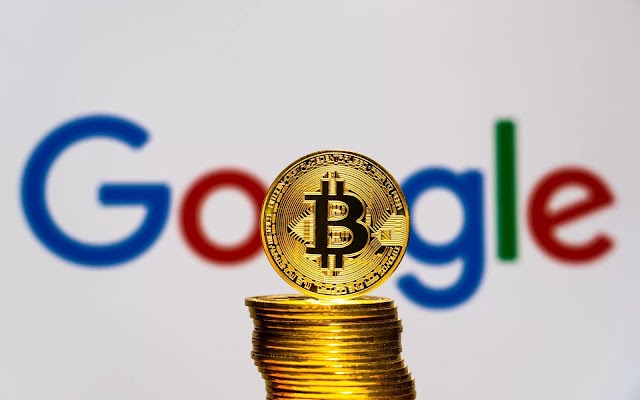Interest in the Pi Network has skyrocketed all around the world due to its novel mobile mining strategy. The project's Mainnet debut is rapidly approaching, and with it comes an important question: how can we set prices that are both fair and long-term for the Pi ecosystem? In this piece, we explore this important subject further, stressing how crucial it is to ensure Pi Network and its users can survive in the future.
Conflicting Priorities: Short-Term Pleasure vs. Long-Term Sustainability
Some people in the present discussion of Pi Network pricing are pushing for ridiculously cheap costs for goods and services, while others are more concerned with the concept of instant gratification. At first glance, cheap items may sound like a great idea, but you must consider the risk this strategy can put to the Pi Network's future viability.
Think about the post's scenario: vendors selling food for about 20 Pi and phones for about 2500 Pi. On the surface, these pricing seem appealing, but they really bring up a number of issues:
- Unsustainable Market: People might quickly run out of Pi if prices are this low, and then they wouldn't have any to contribute to the ecosystem once they spent their first investment.
- Miners May Stop Putting Energy Into The Network If the price of Pi drops too low, it could discourage people from mining the cryptocurrency, which would slow its development and growth.
- Detrimental Effect on Practicality: Perceiving Pi's value primarily in relation to inexpensive commodities risks ignoring its potential for wider utility, which in turn could impede its adoption and incorporation into other real-world applications.
Traditional Currencies as a Source of Knowledge:
The significance of responsible pricing within Pi Network is further highlighted by drawing a comparison to existing fiat currencies. Our monthly budgets account for outlays, but we anticipate receiving income the next month to restock our funds. Unfortunately, there isn't a quick way to get your Pi tokens back after you've spent them all on Pi Network. A more careful approach to pricing Pi is required because to this significant disparity.
An Analogy Based on "Chicken and Eggs":
Unsustainable Pi pricing could lead to the repercussions described by the Chinese saying, "Don't kill the chicken to get the eggs." The very network that makes Pi valuable can be hampered if it is easily emptied by transactions with low values. For Pi Network to maintain its development and sustainability, it is essential to adopt a sensible pricing approach that takes into account its long-term potential.
Advancing Sustainability via Empowering Trailblazers:
Thus, it is critical for pioneers and traders alike to embrace a perspective that values the Pi Network ecosystem's sustainability for the future. In order to achieve this goal, it is necessary to adopt reasonable pricing systems that promote the long-term use and expansion of Pi by reflecting its real value. Pi can become a valued utility token that empowers its users and contributes to a thriving and sustainable Pi Network ecosystem if we all work together to make that happen.
What Comes Next:
Responsible pricing techniques are going to be crucial for the Pi Network's success as it moves towards Mainnet. We can guarantee Pi Network's success in the here and now as well as in the future by raising consciousness and promoting a shared dedication to sustainability. Together, we can ensure the Pi Network's continued success.






0 Comments